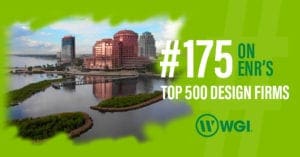
2021 ENR Top 500 Design Firms List: WGI Moves Up to #175
WGI moves up 12 spots on the Engineering News-Record (ENR) 2021 Top 500 Design Firms List!
Learn from award-winning professionals — explore our whitepapers, blogs, and the latest industry updates.
Join our dynamic organization of engineers, land surveyors, landscape architects, environmental scientists, and architects!
Talk to a market leader today! We’ll answer any questions you have about our professional services.

Download this article as a PDF
COVID-19 significantly disrupted higher ed operations last year, and the Delta or Lambda variants may do so again. For now, campuses across the country seem to be operating in a relatively normal, if somewhat guarded, way. College football, falls’ harbinger kicked off at the end of August — stadiums filled with rowdy fans and alumni tailgating outside. Classes are mostly back in-person, and dorms are filled. This means that parking operations … and revenues… are returning to some semblance of normal.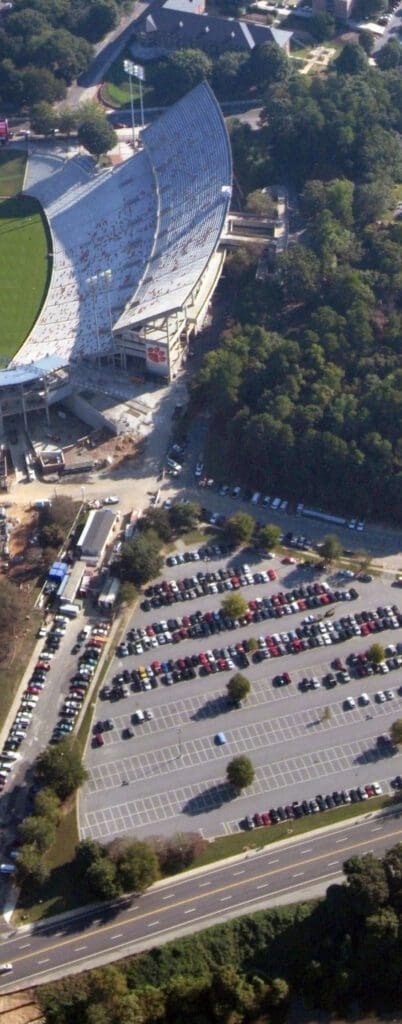
With the return to normal operations comes a refocus on growth in academic and research programs, student populations, and general prestige. In some cases, an infusion of government stimulus is supporting programs ranging from new research facilities to new green energy infrastructure. As universities attempt to replenish their reserves after living out of them for the past 12 to 18 months and ramp back up to speed, their parking operations will play an integral part in their overall success and image.
During a year of remote learning and limited physical access to many university campuses, campus parking revenues dramatically decreased in the 2020/21 school year. In many cases, universities partially or completely refunded parking permits, and many adjusted their permit structures for intermittent or on-demand usage. Additionally, many campuses were forced to lay off, furlough, or reassign staff. Now, as the 2021/22 school year gets underway, our informal poll of campuses around the country suggests that most are back to 80% of capacity or more. Yet, despite campus parking returning to its pre-COVID demand, university parking departments are being asked to do more with less, and cost-cutting and efficient fiscal management continue.
One of a parking operation’s largest costs is staff labor and benefits. The COVID-driven staff reductions are compounded by labor shortages, rising labor rates, and inflation. The good news is that, because campus parking has become increasingly automated in recent years, cutting costs doesn’t necessarily equate with cutting services. Automating certain processes, such as permit sales and enforcement, allows for improved performance with reduced staff, and more parking staff can be deployed for customer service. Online permit registration and sales, for example, eliminate traditional lines at the parking office when the semester begins. Direct payment by credit card or bursar account reduces possible revenue leakage.
Monitoring parking facility occupancies via license-plate recognition (LPR) systems — whether mobile or fixed camera installations — greatly reduce the time and manpower required for enforcement. Virtual citations by email generally capture more revenue with a quicker payment response time than traditional paper tickets. Furthermore, all of these technologies are “touchless,” no longer a “buzzword” but now standard language thanks
to COVID.
A major change to campus parking, underway pre-COVID, is the move away from hang tag/decal permits to license plate-based permitting. By tying permits to a vehicle’s license plate and eliminating physical permits, registration is completely online; permit printing and distribution costs disappear; counterfeit, lost, and stolen permits become a thing of the past; and improper permit sharing is significantly more difficult. LPR technology is tied to enforcement of this type of parking operation.
Fixed LPR cameras, located at each facility’s access points, read and record license plates of entering and exiting vehicles then cross-check them against its pre-approved permit database within a cloud-based facility management system. Alternatively, university vehicles with mounted LPR cameras and a broadband connection to the facility management system can patrol the facilities, enforcing parking regulations and providing active security. When coupled with a virtual citation process, violators receive a warning or ticket via email or text.
LPR systems can work in both ungated and gated operations. In dense urban settings where parking is a scarce resource, gated operations remain the norm to manage parking and keep unauthorized vehicles out of campus parking facilities. Gated LPR systems that use license plates as the primary access credential operate more slowly than facilities using RFID automated vehicle identification (AVI), card access, or without gates, and they typically require a backup credential such as a key card to accommodate misreads. They are, however, becoming more prevalent as the technology improves.
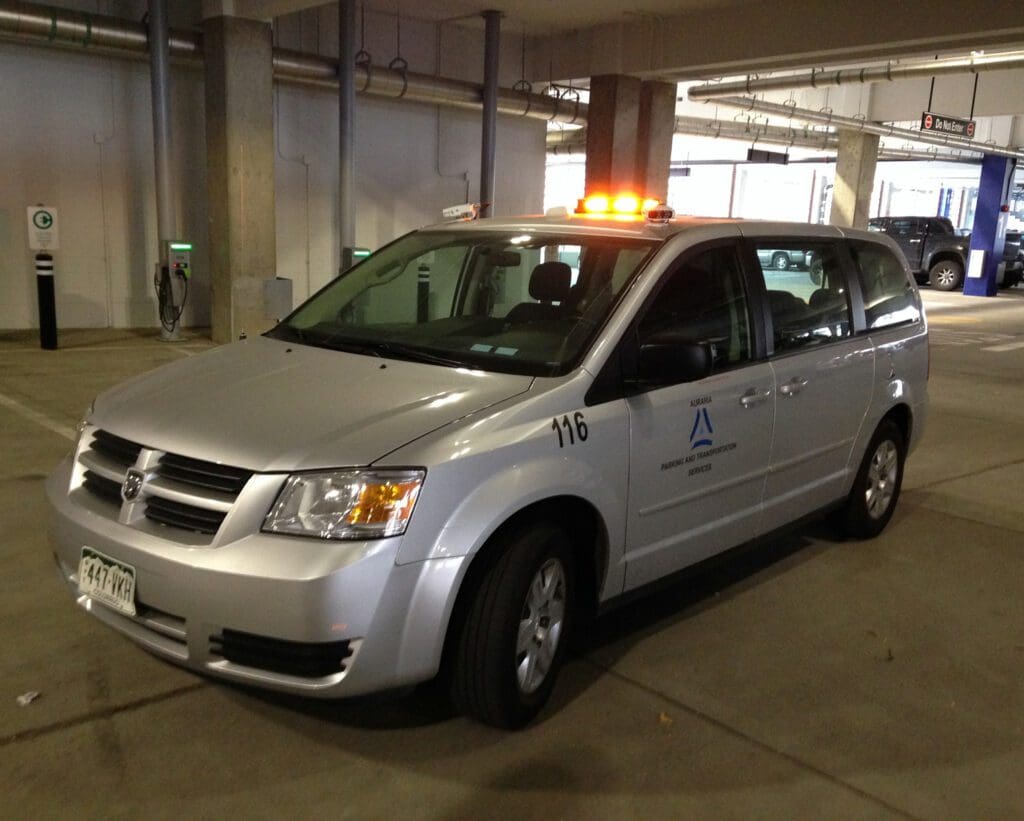
Another technology becoming popular on American campuses is parking guidance. Parking guidance systems (PGS) use cameras or sensors to monitor how many spaces are available in a parking facility, trans mitting that information in real-time to signs at facility entrances and, in multi-level garages, individual floors. Some systems use LED lights located over individual spaces to indicate whether it is free or occupied (a green light indicates free and a red one indicates that it’s occupied).
mitting that information in real-time to signs at facility entrances and, in multi-level garages, individual floors. Some systems use LED lights located over individual spaces to indicate whether it is free or occupied (a green light indicates free and a red one indicates that it’s occupied).
Beyond the individual parking facility, the PGS can push out real-time parking availability by location to mobile and web platforms, as well as variable message street signage along the approaches to campus. This can be extremely helpful when directing traffic on game days PGS technology makes it much easier for drivers to find an available space, eliminating the need for drivers to circle parking areas looking for a space. They can cut as much as 20 minutes from the parking process, more quickly and conveniently helping students and teachers get to their classrooms, and staff to their offices.
PGS also promotes sustainability. By helping drivers find parking quickly, the technology reduces the volume of exhaust emissions from vehicles circling, on the lookout of a space. Consequently, there’s a correlating reduction in gasoline consumption for the very same reason. For many universities, parking technology programs can be invaluable for helping campuses return to normal.
Technology can help universities reduce the cost of managing their parking; can help keep traffic flowing freely on campus roadways as students, faculty, and staff return to campus; and improve the public perception of universities for offering driver-friendly parking resources.

Of course, not all of the exciting campus parking trends revolve around technology. Traditional considerations are still important. As life returns to normal on college and university campuses, these traditional considerations will regain their place as essential elements of campus parking operations.
A flourishing tradition in parking facility design, which took a generation to grab dominance, is the importance of designing them to fit seamlessly into the campus, complementing its other buildings — and allowing parking facilities designers to integrate their aesthetic capabilities. The days of old-fashioned gray banded concrete parking structures are long past. Advances in the development of construction materials, particularly precast concrete, make it possible to create parking facilities with facades of brick, granite, marble, steel —virtually any building skin material at all. As a result, campus parking structures can be developed to perfectly blend into their surroundings.
Promoting sustainability is an essential tradition on college and university campuses over the past two decades, and parking should play a key role. It may seem counter-intuitive to think that parking can promote sustainability since the very role of parking facilities is to accommodate cars and trucks. Yet, there are many ways that campuses can become greener through their parking facilities.
Sustainability begins with design. There are numerous green design elements that can be incorporated into parking facility design, including rooftop photovoltiac arrays to provide power to operate the facility, and in some cases return electricity to the university or local electric grid; enhanced stormwater management strategies incorporated into garage designs to collect stormwater for use in landscaping and for garage maintenance; using pervious pavement and swales to filter water runoff and redirect it to where it can be safely released. These are just a few examples of creative design elements that can be incorporated into parking facility design to promote sustainability.
Transportation management has long been a tradition in campus parking planning. Many higher ed parking facilities offer connectivity to bus and light rail to accommodate commuting staff and students who prefer to use public transportation to go to and from campus, and students and staff traveling around the campus itself. The parking facility often serves as a multi-modal hub, offering micro-mobility features such as bicycle storage and maintenance, bike-sharing, traditional scooter and e-scooter parking, car-sharing programs, and ride-share pick-up and drop-off.
In addition to being an important student and staff amenity, these centers also promote sustainability by reducing the number of private vehicle trips every day.
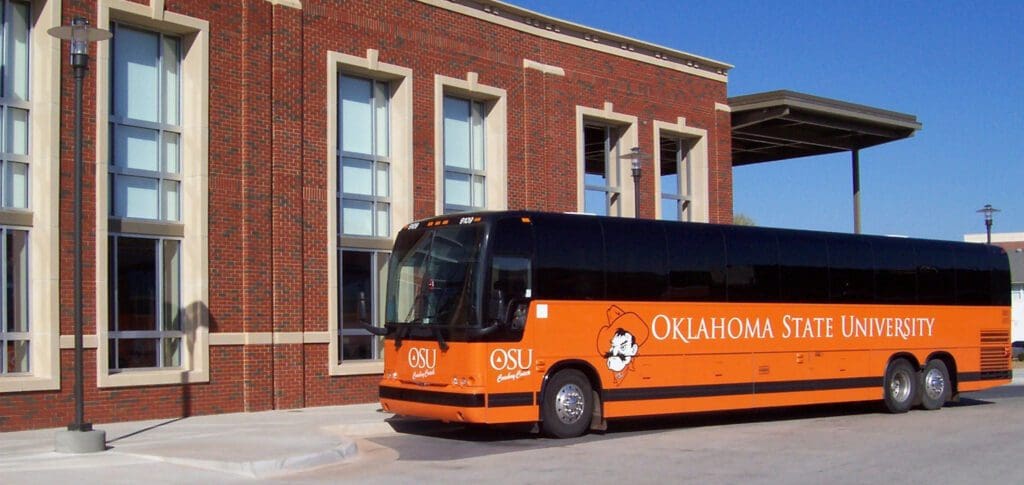
Multi-modal development isn’t the only way that universities utilize parking in multi-use development. Mixed-use developments that combine parking with residence halls, sandwich and coffee shops, college bookstores, and souvenir “spirit stores” are also popular.
Colleges and universities, like most parking owners, want durability from their parking assets. In fact, universities tend to be more proactive with maintenance than most owners. A parking asset’s longevity is the ultimate in sustainability because keeping an existing facility serviceable and operational is much more environmentally friendly than demolishing and replacing one. Proactive repair and maintenance are the keys to longevity.
It is paramount to engage a qualified professional to periodically review parking facilities, identify deficiencies, and engineer a repair and maintenance program. At WGI, we recommend that university parking administrators and parking staff attend maintenance classes to learn about the types of maintenance issues and challenges they are likely to face as their parking facilities age, and how to prevent and overcome them. WGI design and operations experts are always available to teach university clients about operational best practices to help assure that they have the knowledge and skill to keep their parking facilities operating at peak performance. 
A final campus parking tradition — ongoing for generations — revolves around the development of new campus buildings. It’s not unusual for universities to outgrow their current classroom, research, and administrative buildings. But colleges and universities with limited land on which to build, particularly landlocked urban campuses, don’t have space to expand and develop new buildings.
Universities most often turn to existing parking lots to provide the needed land. Of course, the lost parking spaces must be replaced, and the solution can usually be found with the development of new structured parking to provide the same number of spaces (or more) on a much smaller footprint. The trend has been to eliminate surface parking at the campus interior and consolidate parking in larger structures or lots at the campus perimeter. This creates a pedestrian-friendly, walkable campus that evokes — and even returns — a traditional academic setting and feel.
WGI’s parking designers and planners are experts in helping colleges and universities overcome their parking challenges and meet their parking needs.
The COVID-19 pandemic significantly impacted universities across the U.S., with many limiting on-campus studies and some going totally virtual, at least temporarily. Obviously, this significantly affected parking, and while things seem to be trending in the right direction, there’s no way to know how long it will take university operations to completely return to normal. Operational optimization, resiliency planning, and designed flexibility are more important than ever during uncertain times. University parking operations will need to do more with less for the foreseeable future, since parking operations are likely to be lean on staff, attempting to rebuild capital reserves, and likely serving fewer traditional staff and student parkers, thereby generating less revenue.
There are a number of short-term strategies that universities can implement to optimize their parking operations. For instance, campuses can scale operations to meet current needs, closing satellite parking locations to consolidate parking use to central locations, closing vehicle access to unused levels, automating operations, and changing other operations processes. They may also temporarily convert unused sections of parking facilities to other uses such as pop-up stores or staging areas for food trucks or restaurants.
Eventually, though, increased parking demand from student population growth and loss of parking supply from campus construction programs will require the addition of new or expanded parking facilities. When considering new facilities, flexibility is essential. Contemporary campus parking design should revolve around creating parking facilities that are adaptable to new uses.
Adaptability is particularly important given the rapid rate of change in the auto industry. How will the advent of self-parking vehicles impact parking operations? How will the evolution of autonomous vehicles affect parking facility layout (e.g., will there need to be more drop-off/pick-up areas or can garages and lots be restriped to accommodate more vehicles, since drivers will no longer have to open car doors after parking)? The key is to align parking facility design with the university’s master plan.
Funding is always a primary concern for colleges and universities, and money is in particularly short supply for many because of the pandemic. On the plus side, the American Rescue Plan included $350 billion to help city, state, and tribal governments replace lost revenue caused by the pandemic. State colleges and universities may be able to access funds to pay for planned parking development projects.
The parking design and planning experts at WGI can help college and university parking departments create optimization and flexibility plans and help identify federal funds that can help underwrite parking improvements.
As campus life returns to normal after the pandemic, the most successful campus parking plans will combine the best parts of traditional parking operations, including complimentary design, multi-modal and mixed-use development, and strategic maintenance, with innovative operational optimization and flexible use and design approaches.
WGI’s parking experts can help your campus find that balance. Contact us today and let’s get started.

WGI is a national design and professional services firm leading in technology-based solutions for the construction of public infrastructure and real estate development. At WGI, we’re providing Tomorrow’s Infrastructure Solutions Today.

WGI moves up 12 spots on the Engineering News-Record (ENR) 2021 Top 500 Design Firms List!
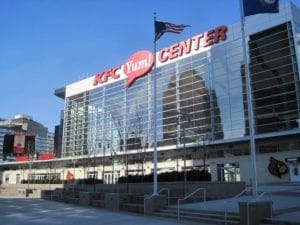
Success begins with thoughtful planning and design, and the owner’s interests must be well represented at each step in the process.
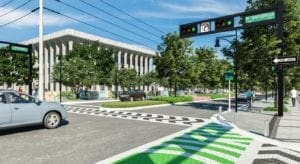
Discover the 3D design software breakthroughs that are enabling designers to accomplish things that CAD users could only dream about.

On this episode of WGI Unleashed, we get to know Marcia Alvarado, Market Leader for our Structures and Parking division in our Tampa, FL office.
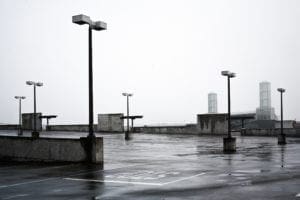
Depending on your jurisdiction, handling the drainage of water from parking structures can be a tricky proposition. WGI can help.
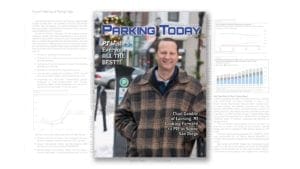
This article represents a collaborative effort to evaluate the data compiled by WGI and PPA, assessing the big picture while analyzing the “TNCs effect.”
You’ve been searching for a place like WGI. We look forward to meeting you soon.
Sign up to receive emails to hear our latest news and achievements in our monthly newsletter.
Enter your zip code, and we’ll personalize your experience with local projects, office locations, team members, and more.
WGI supports its associates with meaningful opportunities for growth, strong benefits and perks, while we work collaboratively with clients and co-consultants to shape and improve communities.






WGI is a dynamic organization with opportunities nationwide for engineers, land surveyors, landscape architects, environmental scientists, and architects.